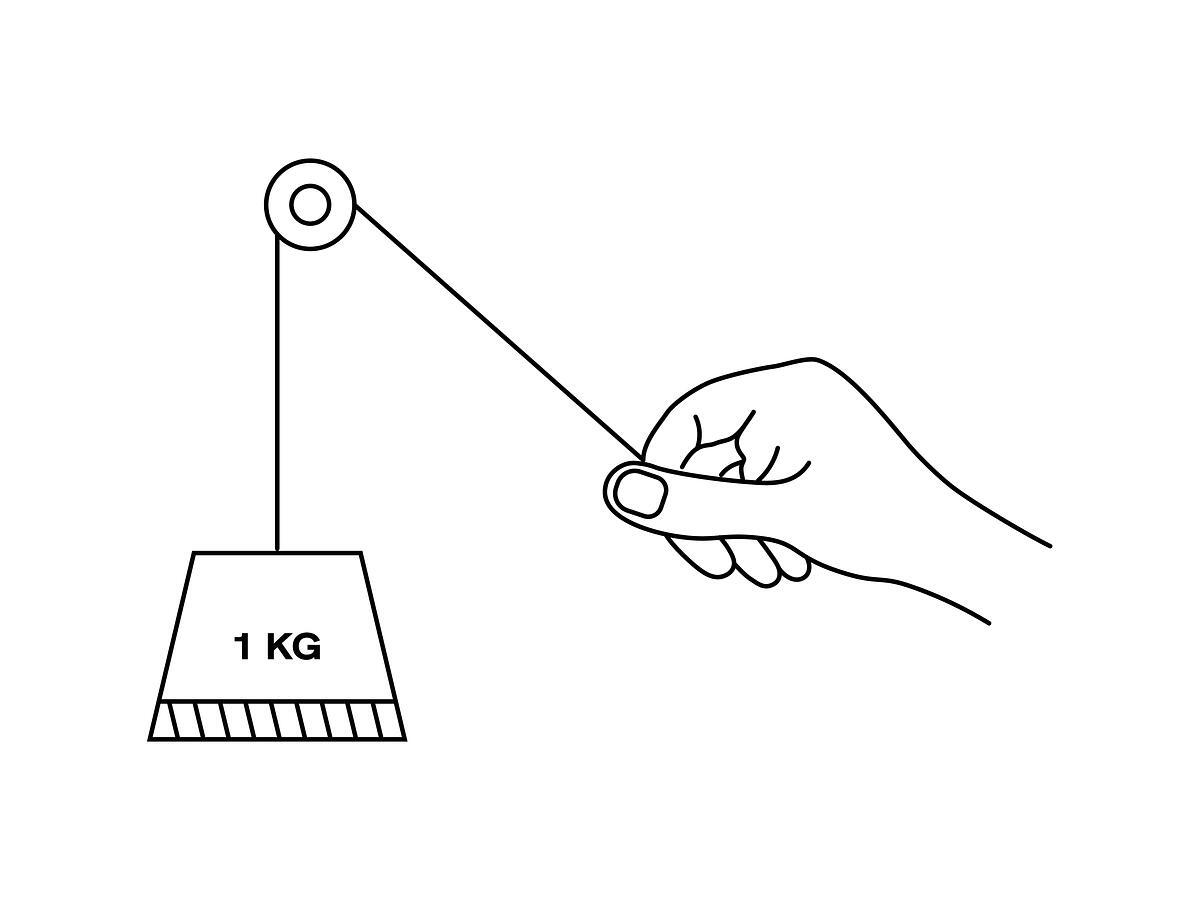Google Ads Not Delivering Results? Here Is Why And How To Fix It
Google Ads campaigns can appear to be set up correctly but still fail to generate impressions, clicks, or conversions. This outcome is common for both new and experienced advertisers, especially when campaign elements conflict or underperform without clear warning.
Many issues limiting Google Ads performance are structural, technical, or strategic. They may relate to budgeting, keywords, ad approvals, or campaign settings that prevent ads from entering the auction at all.
This article outlines common reasons why Google Ads may not work and what to do about it. Each section provides a simplified explanation and a practical fix, written for readers who are exploring this topic for the first time.
Common Reasons Google Ads May Not Deliver Results
When your Google ads aren't working, the problem typically falls into one of several categories. Let's look at the most common issues and their solutions.
Budget Or Payment Constraints
Insufficient daily budgets can limit how often ads appear. This restricts reach and prevents campaigns from gaining traction, especially in competitive markets.
Payment-related issues, such as expired credit cards or failed transactions, can pause campaigns until resolved.
Budget tips:
-
Align budget with campaign goals and expected cost-per-click
-
Focus spending on high-performing campaigns
-
Monitor daily spend to detect early issues
Competitive campaign types may require $50 or more per day to stay active. Less competitive campaigns may function with $10 to $20 per day.
To fix budget issues:
-
Check payment methods in the Billing section for errors
-
Adjust budgets to meet minimum thresholds
-
Set alerts for low balances or failed payments
Disapproved Ads Or Policy Conflicts
Ads that violate Google's advertising policies won't show, even if the rest of the campaign is active. Common violations include:
-
Inappropriate language or imagery
-
False or unverified claims
-
Broken landing pages
-
Trademark use without permission
To check for policy issues, review ad content and landing pages for compliance with Google's rules. You can use Google's Policy Manager to identify specific violations.
To fix disapproved ads:
-
View disapproval reasons in the "Status" column of the Ads tab
-
Edit ads to address the specific issues
-
Resubmit ads after making corrections
Poor Keyword Selection
Broad or irrelevant keywords can attract low-quality traffic and reduce conversion rates. Search intent matters - keywords must reflect what users are actively trying to find.
Keyword quality:
-
Specific keywords perform better than general terms
-
Commercial intent terms convert better than informational ones
-
Long-tail keywords often have clearer intent
For example, "buy noise cancelling headphones" is more actionable than just "headphones."
To improve keyword selection:
-
Remove low-performing or irrelevant terms
-
Add negative keywords to block unrelated traffic
-
Test new variations based on search data
Negative Keyword Conflicts
Negative keywords prevent ads from showing for certain search terms. If set incorrectly, they can block keywords that are meant to trigger ads.
This often happens when broad match negatives overlap with active keywords. For example, if you add "free" as a negative keyword but want to advertise "free shipping," your ads might not show.
To fix negative keyword conflicts:
-
Review search term reports to identify blocked queries
-
Use the conflict checker tool in Google Ads
-
Adjust or remove conflicting negative keywords
Low Bids Or Overly Aggressive Bids
Google Ads uses an auction system. Ads with bids that are too low may not enter the auction. Ads with bids that are too high may spend budget inefficiently.
Bidding tips:
-
Use Google's recommended bid ranges as a starting point
-
Adjust based on actual performance
-
Apply bid modifiers based on location, device, or time of day
When conversion data is available, consider automated strategies such as Target CPA or Maximize Conversions to improve efficiency.
Why Does Google Ads Not Work Immediately
When a new Google Ads campaign launches, it enters a learning period. During this time, Google's systems test different settings to determine which audiences, bid amounts, and placements work best.
This learning phase collects performance data to deliver ads more efficiently. The timeline varies by campaign type:
-
Search campaigns: 7 to 14 days
-
Display campaigns: 14 to 21 days
-
Shopping campaigns: up to 30 days
During this period, performance isn't consistent. You'll likely see low impressions, fluctuating click-through rates, or uneven spending as the system adjusts.
|
Timeframe |
What to Expect |
|---|---|
|
Day 1 |
Low impressions, data gathering |
|
Week 1 |
Fluctuating results, learning |
|
Month 1 |
More stable, optimized delivery |
The time it takes for a campaign to stabilize depends on factors such as campaign type, daily budget, and keyword competitiveness. Campaigns with more complexity or lower budgets may take longer to reach a steady state.
Structural Issues That Prevent Ads From Running
Sometimes ads don't run because of how the account or campaign is set up, not because of poor performance. These structural issues often prevent ads from even entering the auction.
Account Configuration Errors
Some ads don't run because of account-level settings. These include paused accounts, missing billing information, or incorrect permissions.
Account checklist:
-
Billing information is current and valid
-
Account is active, not paused or suspended
-
User access is correctly set for team members
To fix account configuration errors:
-
Update billing information
-
Reactivate any paused accounts
-
Resolve any policy violations that may have triggered a suspension
Targeting Settings Are Too Narrow
Targeting that is too restrictive can prevent ads from showing. This includes location settings, demographic filters, device targeting, or audience definitions.
Overly narrow targeting settings may cause the ad to have no eligible audience. For example, if you target only 25-30 year old women in a small town who use iPhones, your potential audience might be too small.
Targeting parameters to check:
-
Geographic location settings
-
Demographics such as age, gender, or household income
-
Devices such as mobile, desktop, or tablet
-
Defined audiences, including interest groups and remarketing lists
To fix overly narrow targeting:
-
Widen targeting settings in small steps
-
Monitor how reach and results change over time
-
Compare targeting settings against your intended audience profile
Ad Scheduling Is Too Limited
Ads only run during the hours and days chosen in the schedule. If the schedule is too limited, ads may not run when users are searching.
For example, if you only show ads from 9am-5pm Monday through Friday, you'll miss evening and weekend searchers, which could be when your audience is most active.
To fix ad scheduling issues:
-
Start with a wider schedule that includes all days and hours
-
Use performance reports to identify when ads perform better
-
Adjust the schedule based on performance data
Overlapping Campaign Or Ad Group Settings
When multiple campaigns or ad groups target the same keywords or audience, they compete against each other. This "campaign cannibalization" can reduce overall performance.
For example, if you have two campaigns targeting "running shoes," they'll bid against each other in the same auctions.
To fix overlapping campaigns:
-
Merge overlapping campaigns where possible
-
Adjust targeting to remove conflicts
-
Organize campaigns based on clear segmentation
Performance Obstacles That Hurt Conversions
Even when Google Ads are running and getting impressions, conversions may not happen due to how the campaigns are structured or how users experience the ads.
Unfocused Ad Groups
When ad groups include too many unrelated keywords, the ads shown may not match what users are looking for. This lowers the Quality Score and reduces the chances of generating conversions.
Ad group best practices:
-
Group keywords that share a common theme or user intent
-
Keep each ad group limited to around 10–20 closely related keywords
-
Write ads that specifically match the keywords in that group
An ad group focused on a specific topic (such as "men's running shoes") performs better than one covering multiple broad topics (like "all shoes").
Irrelevant Landing Pages
A landing page that doesn't match the ad's message can lead to fewer conversions. Google also considers this mismatch when assigning a Quality Score.
For example, if your ad promotes a specific product but the landing page shows your homepage instead, users may leave without converting.
Landing page tips:
-
Match the page headline to the ad copy
-
Clearly display the offer or key message
-
Include action-oriented buttons or links
-
Ensure the page loads quickly and works well on mobile devices
Google looks at how well the keyword, ad, and landing page align. Consistency across these elements supports stronger ad performance.
Weak Ad Copy And Low Click-Through Rate
Click-through rate (CTR) is the percentage of people who click the ad after seeing it. Low CTR can result in higher costs and fewer conversions.
Search campaigns often average 3–5% CTR, while display campaigns average 0.5–1%.
To improve your ad copy:
-
Create headlines that relate directly to the keyword
-
Add unique selling points or product details
-
Include clear calls-to-action
-
Test different ad variations
Low Quality Score
Quality Score is a 1–10 rating Google gives to each keyword in an account. It reflects how relevant the ad and landing page are to the user's search.
Quality Score includes three components:
-
Expected CTR (how likely users are to click your ad)
-
Ad relevance (how closely your ad matches the search)
-
Landing page experience (how useful and easy to navigate your page is)
To improve Quality Score:
-
Align ad copy closely with the keywords being targeted
-
Improve landing page experience by making the page useful and easy to navigate
-
Increase CTR by refining ad copy over time
Quick Diagnostic Tips To Check Ad Delivery
These practical steps help diagnose why your Google ads aren't working and what to do about it.
Use The Ad Preview And Diagnosis Tool
The Ad Preview and Diagnosis Tool shows how an ad appears without affecting performance data. It also identifies if and why an ad isn't showing.
Common results from this tool include:
-
Low budget: The daily spend is too low to enter auctions consistently
-
Disapproved ads: The ad violates Google's advertising policies
-
Low bids: The bid amount isn't competitive enough to win auctions
To use this tool:
-
Navigate to Tools & Settings > Ad Preview and Diagnosis
-
Enter the keyword, location, and device details
-
Review the results and follow the suggested fixes
Monitor Keyword Status And Impressions
The keyword "Status" column in the Google Ads interface shows the current state of each keyword. Common status labels include:
-
Eligible: The keyword can trigger ads
-
Paused: The keyword isn't active
-
Disapproved: The keyword is associated with a disapproved ad
-
Low Search Volume: The keyword has limited search traffic
-
Below First Page Bid: The bid is too low to appear on the first page of results
To troubleshoot keyword issues:
-
Filter for keywords with low or no impressions
-
Review each status explanation
-
Take appropriate action based on the status (raise bids, edit disapproved ads, replace low-volume keywords)
Review Conversion Tracking Setup
Conversion tracking measures completed actions resulting from ads. Errors in setup can result in misleading or missing data.
Common issues include:
-
Tags not firing on the correct pages
-
Tracking duplicate conversions
-
Tracking actions that aren't meaningful to the business
To check conversion tracking:
-
Use Google Tag Assistant to test if tags are working
-
Confirm that tracking tags fire correctly on thank-you or confirmation pages
-
Check reports to identify missing or duplicated conversions
Putting It All Together For Better Results
Google Ads performance depends on four areas: budget, targeting, ad relevance, and tracking. Each of these affects how easily ads are delivered and how well they perform.
Troubleshooting begins with checking if ads are showing at all. Once delivery issues are resolved, the next step is to improve performance through optimizations.
Optimization framework:
-
Audit the account structure to check if campaigns, ad groups, and settings are organized clearly
-
Identify and fix any delivery blockers such as low budgets, paused ads, or disapproved content
-
Optimize keywords, ads, and landing pages to improve relevance and user experience
-
Analyze performance data and make adjustments based on what the data shows
Incremental improvements typically become visible within 2 to 4 weeks after changes are made. The exact timeline depends on factors such as campaign size, traffic volume, and optimization scope.
Organizations often benefit from expert help when Google ad services aren't working properly. AI-based tools can go beyond basic troubleshooting to apply data-informed optimizations that improve campaign performance.
FAQs About Google Ads Optimization
How do I use AI to optimize my Google Ads?
AI tools analyze patterns in campaign data to adjust how ads are delivered. These tools can automatically change bids, choose which audiences to target, and test different ad versions based on historical performance and real-time behavior.
When should I consider hiring a Google Ads expert?
Consider hiring an expert when campaigns are active but still not meeting goals after troubleshooting, when your business is growing quickly, or when your team doesn't have time to manage detailed ad strategies.
How long should I wait before making changes to my Google Ads campaign?
Wait 7 to 14 days before making significant changes to new campaigns. During this learning period, Google Ads collects data and tests different settings. Making changes too early may interrupt this process and delay performance stabilization.
What is a good conversion rate for Google Ads?
Average conversion rates vary by industry. For search campaigns, 3% to 5% is typical. For display campaigns, rates are typically between 0.5% and 1%. Some campaigns achieve higher rates depending on the industry and targeting.





Leave a Comment